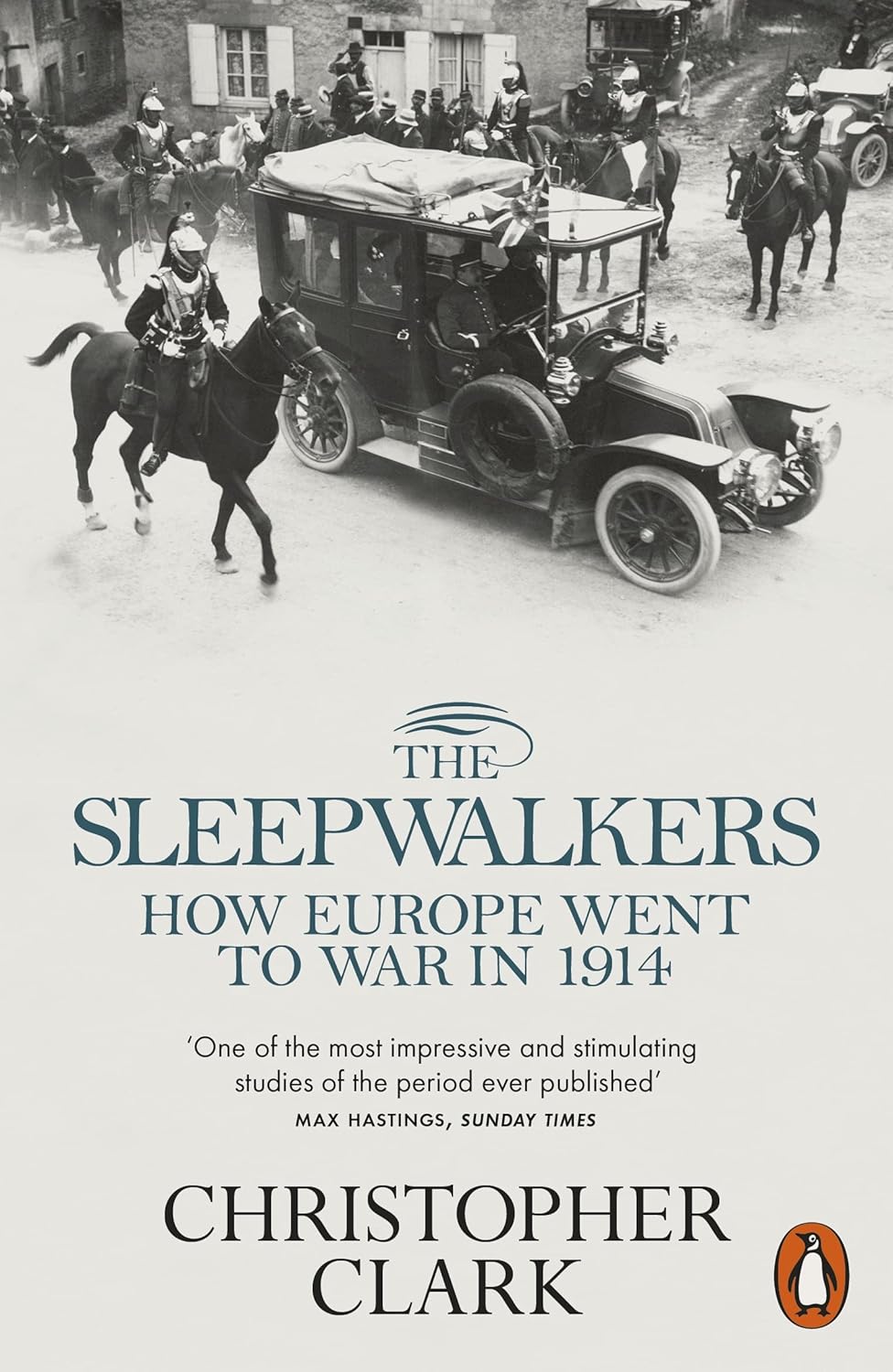
The Guns of August
Book Description
A single spark ignites a continent, setting in motion the cataclysmic events of World War I, where nations collide and alliances fracture. Barbara W. Tuchman masterfully chronicles the tumultuous first month of August 1914, unfolding the chaos that reshaped modern history. Heroes rise and fall amidst the thunder of cannon fire, as strategic blunders and fervent nationalism propel the world into unprecedented turmoil. Tuchman's vivid storytelling immerses readers in the raw emotions and high stakes of a world teetering on the brink. What happens when the ambitions of a few doom millions to battle?
Quick Book Summary
"The Guns of August" by Barbara W. Tuchman offers a riveting account of the first month of World War I, focusing on the crucial decisions, plans, and personalities that set the world on a path toward massive conflict. Tuchman documents how a web of alliances, miscalculations, and deep-seated national ambitions spiraled into chaos after the war's initial spark. By weaving together colorful portraits of leaders and generals with detailed analysis of military strategy and political context, the book illuminates how human error and pride turned a localized crisis into a global catastrophe. Tuchman’s narrative presents August 1914 as a pivotal moment when the fate of nations hinged upon the judgments and misjudgments of a few key figures. Her work deepens our understanding of the complexity and tragedy that marked the outset of the Great War.
Summary of Key Ideas
Table of Contents
The Fog of War and Miscalculations
Barbara W. Tuchman opens her chronicle by portraying the tense anticipation that swept across Europe on the eve of World War I. She captures the mood of nations primed for conflict, highlighting how diplomatic failures and rigid mobilization plans left little room for negotiation or de-escalation. The assassination of Archduke Franz Ferdinand is shown not just as a catalyst but as the spark that ignited a continent already laden with powder.
The Web of Alliances and Diplomacy
The book delves into the intricate system of alliances binding the great powers—Germany, Austria-Hungary, France, Britain, and Russia. Tuchman shows how national interests, secret pacts, and mutual mistrust forced countries into war almost mechanically. Each power, believing in the quick efficacy of its military plans, underestimated both the resolve of their enemies and the complexity of the conflict.
Leadership and Personality in Decision-Making
Central to Tuchman’s narrative are the personalities steering their nations: Germany’s Kaiser Wilhelm II, Britain’s Sir Edward Grey, and French General Joffre, among others. Their egos, fears, and personal ambitions profoundly influenced the trajectory of the war. Tuchman underscores how decisions often hinged not just on strategy but on pride, judgment, and individual willpower—or lack thereof.
Military Strategy and Its Flaws
Tuchman provides vivid accounts of the major battles that erupted in August 1914, such as the German advance through Belgium and France’s desperate counterattacks. She exposes the flaws in military plans like Germany’s Schlieffen Plan and France’s Plan XVII. Overconfidence, outdated tactics, and failure to adapt on the battlefield swiftly led to staggering casualties, breaking any illusion of a swift, decisive campaign.
The Rapid Descent into Total War
The final section highlights the meaning and consequences of August 1914. Tuchman argues that the missteps and tragic determination of that month transformed a regional crisis into global war, irrevocably shaping the century to follow. By the end of August, the war had consumed millions, destroyed illusions of glory, and exposed the hubris inherent in unchecked nationalism and rigid leadership.
Download This Summary
Get a free PDF of this summary instantly — no email required.





